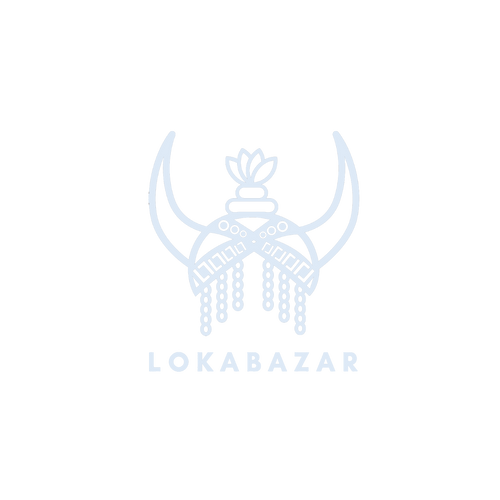News

Bastar Terracotta
The existence of Terracotta can be found in the remains of Indus Valley Civilization. In Bastar, the tradition of votive terracotta has its presence since a long time. The tribes...
Bastar Terracotta
The existence of Terracotta can be found in the remains of Indus Valley Civilization. In Bastar, the tradition of votive terracotta has its presence since a long time. The tribes...
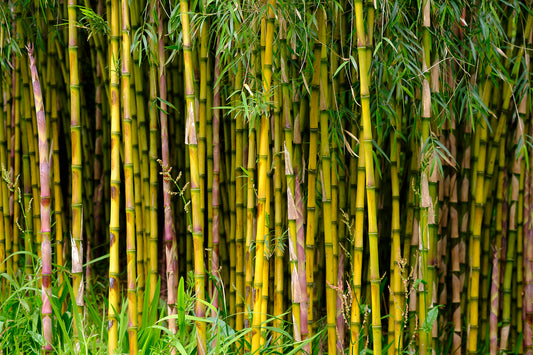
Bamboo art of Bastar
The Handicrafts of Bamboo is one among the oldest crafts better-known to man. It’s universally practiced at varied regions throughout India. India is had a fashionable source bamboo materials, and...
Bamboo art of Bastar
The Handicrafts of Bamboo is one among the oldest crafts better-known to man. It’s universally practiced at varied regions throughout India. India is had a fashionable source bamboo materials, and...

Wrought Iron Craft of Bastar
Bastar Iron Craft (also known as "Wrought iron craft of Bastar") is a traditional Indian iron craft that is manufactured in the Bastar district of Chhattisgarh state, India. The iron-crafting...
Wrought Iron Craft of Bastar
Bastar Iron Craft (also known as "Wrought iron craft of Bastar") is a traditional Indian iron craft that is manufactured in the Bastar district of Chhattisgarh state, India. The iron-crafting...
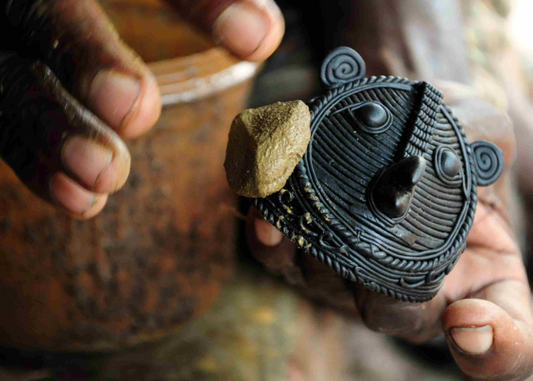
Dhokra Casting (Ancient Lost Wax Casting Techni...
Non-ferrous metal casting using the lost-wax casting method is Dhokra (also spelt Dokra). For over 4,000 years, this form of metal casting has been used in India and is...
Dhokra Casting (Ancient Lost Wax Casting Techni...
Non-ferrous metal casting using the lost-wax casting method is Dhokra (also spelt Dokra). For over 4,000 years, this form of metal casting has been used in India and is...
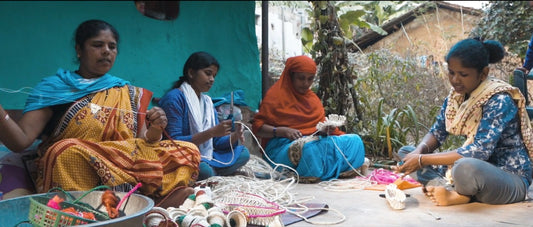
Bastar's artisian finds E-commerce Platform
Shobha Baghel, who makes handicrafts using fibre extracted from the agave plant locally called kekati, is now all set to sell her products online via the Loka Bazar website,...
Bastar's artisian finds E-commerce Platform
Shobha Baghel, who makes handicrafts using fibre extracted from the agave plant locally called kekati, is now all set to sell her products online via the Loka Bazar website,...
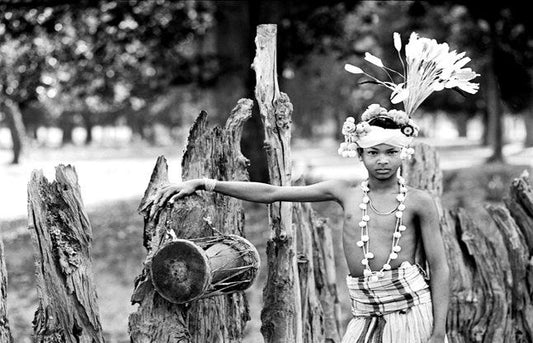
Major tribes of Bastar
Gonds The Gonds, renowned for their peculiar customs and practises, are one of the most prominent and significant tribes in India. The word “Gond” is derived from the word “Konda”...
Major tribes of Bastar
Gonds The Gonds, renowned for their peculiar customs and practises, are one of the most prominent and significant tribes in India. The word “Gond” is derived from the word “Konda”...
